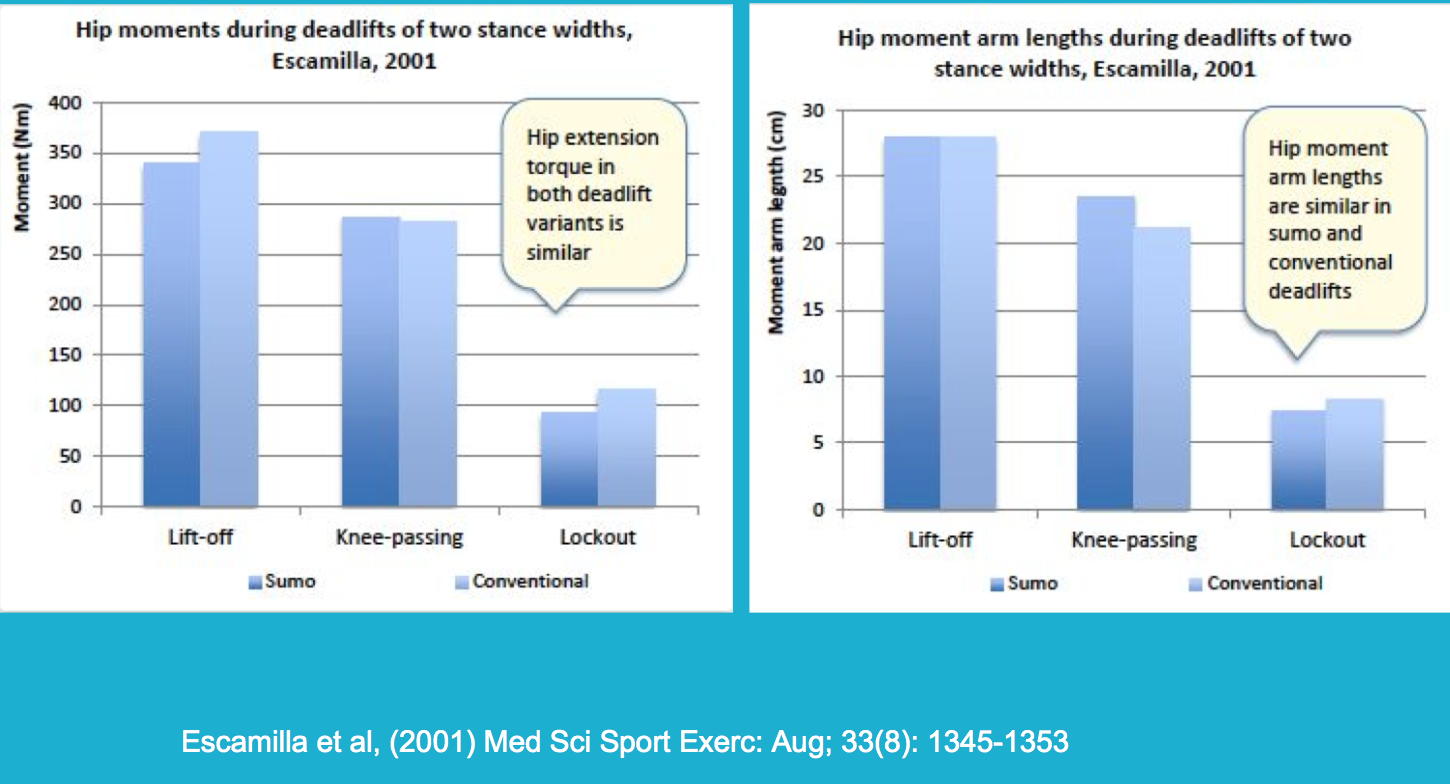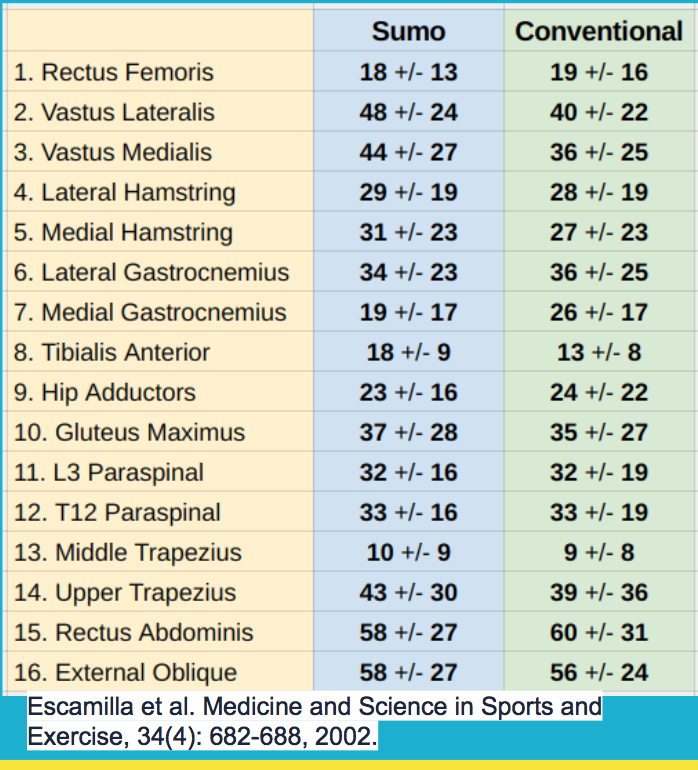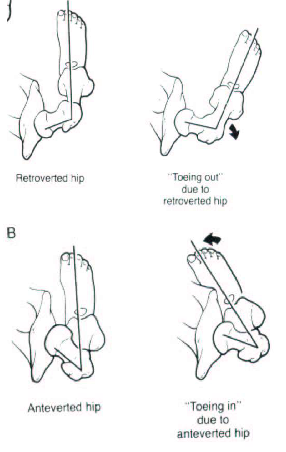Sumo or Conventional? It Honestly, Truly, Doesn’t Even Matter
I’ve seen a lot of debates on fitness over the years, on everything from the benefits of Bosu balls to going keto and riding in the Tour de France, all the way to what kind of socks you should wear when training. (Answer: Pedestal Footwear.)
One specific debate seems to be consistently pervasive, and for no actual reason that I can see: whether a sumo deadlift is actually a deadlift at all, and whether it’s better to pull conventional or sumo.
I don’t get it. This is what we’re going to argue about?
To give a tl:dr answer, it really doesn’t matter, as both are legal in most if not all powerlifting federations, involve very similar joint motions, produce relatively similar moment arms and torque profiles, and if someone feels better pulling one way over the other, then party on, Garth.

Let’s dig into the longer version.
Moment arm lengths, which implies relative leverage required to move a given weight, are pretty close to being the same throughout the range of motion when looking at how the hip approaches the two movements.

Muscle activity through the major muscles involved in the lifts are also relatively the same.

Some people have anatomical variances that lend better to one form of deadlift than another, such as having a more retroverted femoral neck.

If someone has a long torso relative to their femur length, they may benefit from a sumo stance due to being in a more vertical torso position and exposing their spine to comparatively less shear force than with a conventional deadlift. Conversely, someone with a long femur and short torso may be comfortable pulling a house off it’s supports with no back issues due to a shorter lever arm length of their spine.

in THIS ARTICLE by Bret Contreras looking at femur length in squat mechanics, he lays out some very salient points in an excellent real life comparison, which could all be used with the deadlift as well.
There’s also the benfit of feeling certain muscles working more in one position than in the other. Most people will say they can feel their glutes working harder with a sumo stance than conventional, due to the abducted and externally rotated position of the hips compared to conventional. This allows a stronger end range contraction, and if feeling glutes work is a good thing with a deadlift, that’s probably good to get.
Aside from this, there’s also the way a person feels doing the lift. I have some pretty good mobility, and can get into position for sumo pulls, but when it starts getting heavy I can’t maintain positioning all that well compared to conventional. As a result, my sumo is about 75% of what my conventional deadlift is.
Conversely, my wife is incredibly mobile, but has a hard time controlling her spinal positioning in conventional, so as a result, most of her deadlift work is in either sumo stance or with a trap bar. Here’s her ripping a new PR 4 years ago with a weight that’s a second round warm up today.
The tired excuse of “if you’re a good coach, you can get anyone to deadlift conventional” only works if you’ve only ever trained yourself and maybe your mom. When you’ve worked with a broad enough population, you’ll see some people just don’t get the best benefit from being pushed into conventional, especially when sumo would get all of the same benefits with less of the issues. The same goes for the opposite, not everyone will do well in conventional.
For max loading, a large portion of the strongest lifters in the world (absolute numbers) tend to pull in more of a conventional stance, but there’s still a LOT who pull in sumo stance, as outlined here:
For the heavier bodyweight lifters, there definitely seems to be tendency to pull in conventional, but the lower bodyweights, and a lot of female lifters, tend to pull sumo.
There’s the odd heavyweight who does amazing in sumo, such as Chris Duffin, who has pulled over a thousand pounds with straps in sumo, and then does stupid stuff like this:
There’s also nothing saying you can’t rotate between the two, as Stefi Cohen does with her training:
There’s no reason to marry yourself to only one method of lifting weight, especially if both don’t cause any discomfort or issues moving the weight from A to B. If you do only one stance all the time, it would be a decent idea to switch periodically for a training block to see what you can do.
In the end, it’s just lifting weights. There should be no real debate if there’s sufficient data to form a realistic outline of whether one is better or not. Since most of the data is a shrug emoji in numeric form, the best advice is, as always, do you and let the chips fall where they will.
One Response to Sumo or Conventional? It Honestly, Truly, Doesn’t Even Matter